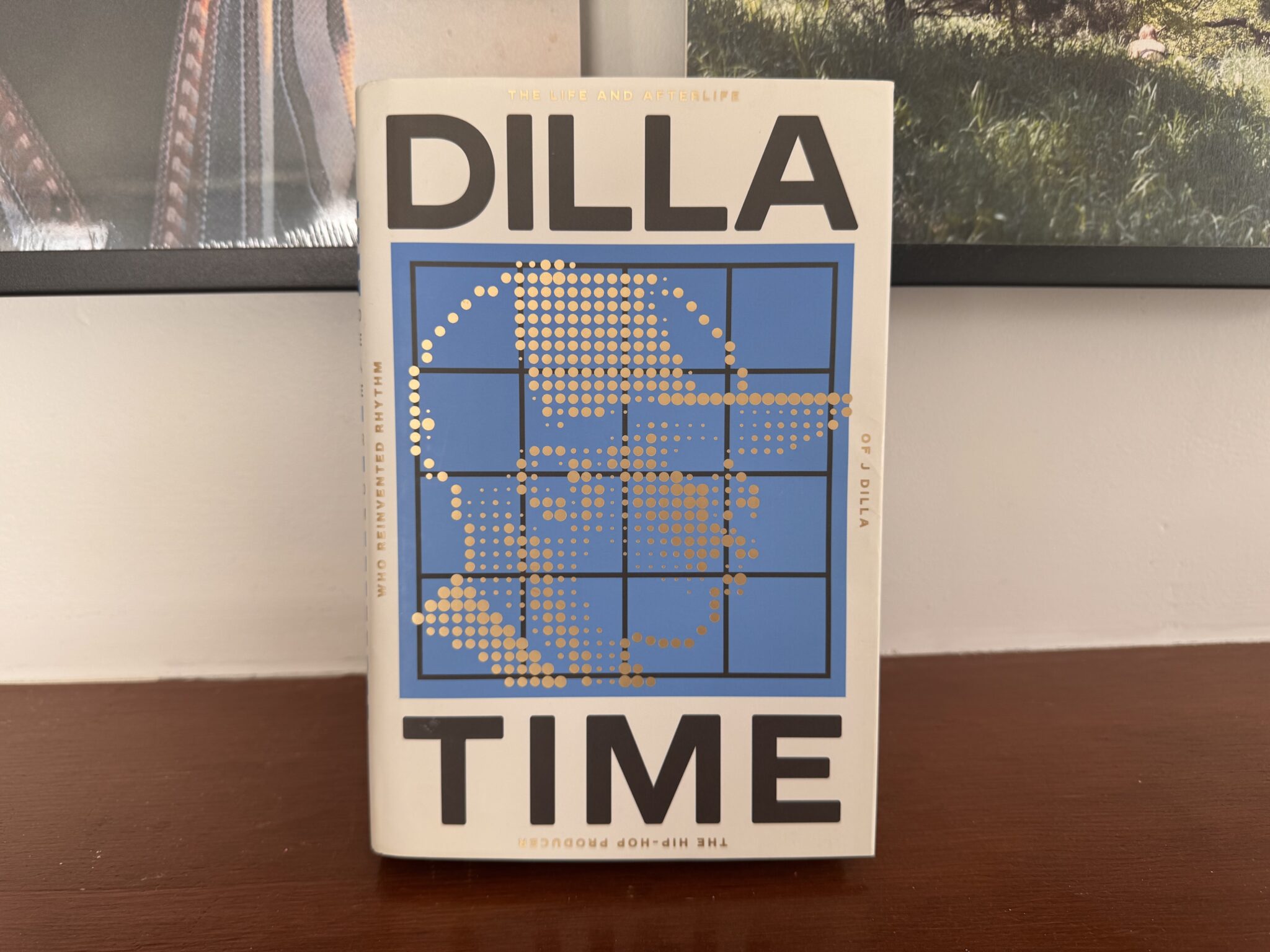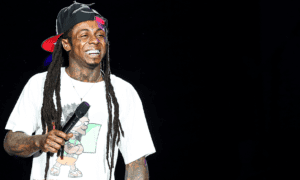
Book Review: Dilla Time by Dan Charnas
A Deep Dive into the Rhythmic Genius of J Dilla
The timing of this review couldn’t be better—Detroit has just announced that J Dilla Day will officially be celebrated every year on February 7, honoring the legendary producer’s contributions to music and culture. Few producers have had the impact on modern music that J Dilla did. His influence can be heard in hip-hop, R&B, jazz, and even electronic music. In Dilla Time, author Dan Charnas takes on the ambitious task of unraveling the legend of J Dilla—his life, his impact, and his revolutionary approach to rhythm that redefined the way music feels.
A J Dilla street sign is going up on Nevada and Charest Thursday. Joylette Hunter, a spokesperson for the James Dewitt Yancey Estate, came to Detroit city council today with J Dilla’s daughters, Ja’Mya Yancey and Ty-Monae Whitlow. pic.twitter.com/6zEVeaii7I
— Sam Robinson (@samueljrob) February 4, 2025
Not Just a J Dilla Biography—It’s a Rhythmic Blueprint
This is my favorite book about music, and among the best across literary genres. Charnas doesn’t just present a biography; he meticulously crafts a three-part narrative (with amazing visuals):
Dilla’s Life and Career
From his upbringing in Detroit to his rise as a producer and his tragic early passing, the book captures the story of an artist who lived for his craft.
The Evolution of Rhythm
Dilla Time isn’t just about Dilla; it’s about how rhythm evolved in American music, and how he found a new space within it.
The Science of Dilla Time
The book breaks down how J Dilla’s beats exist between straight and swing time, creating an entirely new rhythmic category that musicians and scholars now study.
RELATED: Best Books About Hip-Hop
How Detroit’s Streets Shaped J Dilla’s Sound
Detroit’s unique city layout, with its mismatched grids, industrial zones, and abrupt urban transitions, played a crucial role in shaping J Dilla’s rhythmic style. Unlike cities with perfectly structured street plans, Detroit’s roads are often unpredictable, much like Dilla’s approach to beat-making. His signature style, where drum hits land slightly ahead or behind the beat, mirrors the city’s chaotic yet functioning infrastructure. Detroit’s industrial might also contributed to his mechanical yet humanized sound, a rhythmic balance between precision and looseness.
Explore J Dilla’s connection to Detroit.
Breaking Down ‘Dilla Time’
One of the most impressive aspects of the book is the way it explains J Dilla’s rhythmic innovations in clear, engaging terms. Charnas introduces readers to the concept of Dilla Time, a rhythmic feel that lies somewhere between traditional quantized drum programming and humanized swing. He walks through how Dilla’s beat-making on the MPC3000 revolutionized production techniques, particularly his decision to turn off quantization and utilize the nudge function to create unpredictable, organic drum patterns.
A particularly interesting section details the PPQ (Pulses Per Quarter Note) resolution of the MPC3000—which was 96, compared to the 960 PPQ of later machines like the MPC1000. This technical limitation gave Dilla’s beats a loose, imperfect charm that made them feel alive, and Charnas does a masterful job explaining why this mattered.
Listnen to Donuts to hear the sound:
The Emotional Core of the Book
Beyond the technical breakdowns, Dilla Time is also a deeply human story. It captures the struggles Dilla faced—his battle with lupus, the industry’s failure to fully recognize his genius while he was alive, and the fight for his legacy after his passing. Charnas treats Dilla’s life with the respect and detail it deserves, interviewing family, friends, and collaborators to paint a full picture of the man behind the beats.
One of the book’s most emotional moments details how, even in his final days, Dilla remained obsessed with creating. His final album, Donuts, was made while he was in the hospital, and knowing this adds a profound layer of meaning to its sound.
Who Should Read Dilla Time?
This book is a must-read for:
- Hip-hop fans who want to understand one of its most influential yet underappreciated architects.
- Musicians and producers looking to learn about Dilla’s techniques and why his beats feel so unique.
- Anyone interested in the intersection of technology and human creativity, as Dilla Time explores how an artist bent machines to his will to create something human and soulful.
Dilla’s Influence on Music and Artists
J Dilla’s impact extends far beyond his own discography. His approach to rhythm influenced an entire generation of artists and producers.
- Questlove of The Roots adjusted his drumming style to mimic Dilla’s off-kilter beats, incorporating a looser, more human feel into live performances.
- Flying Lotus and the broader beat scene took inspiration from Dilla’s sample flipping and drum programming, pushing the boundaries of electronic and hip-hop production.
- Kanye West, Madlib, and Pharrell have all credited Dilla with changing their approach to rhythm and sampling, encouraging a more organic and expressive production technique.
- Jazz musicians like Robert Glasper incorporated Dilla’s rhythmic feel into their compositions, leading to a new era of jazz-influenced hip-hop grooves.
Listen to Dilla’s collaboration with Madlib:
Dilla’s legacy in modern music is undeniable—his beats continue to shape production techniques, and his influence is evident in everything from underground hip-hop to mainstream pop.
Final Thoughts
Dilla Time is more than just a book about a producer—it’s an essential study of rhythm, technology, and artistic innovation. Dan Charnas has written a compelling, in-depth, and emotionally rich exploration of J Dilla’s genius, making it one of the best books on music production and hip-hop history to date.
With Detroit officially recognizing J Dilla Day, there’s never been a better time to revisit his legacy. If you love hip-hop, music history, or just great storytelling, Dilla Time is a must-read. It will change the way you hear music forever.













